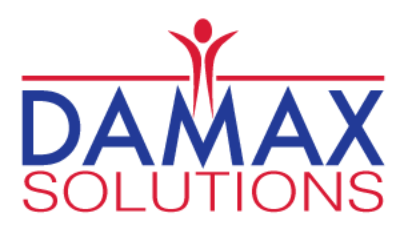
Kizazi kipya is a five-year (2016 – 2021) project funded by PEPFAR through USAID whose aim is to achieve such results included; parents and caregivers have the financial resources to meet the needs of vulnerable children and adolescents, have the skills to meet the needs of HIV infected and vulnerable children as well as adolescents. Also, there is availability of high-quality services to HIV infected and vulnerable children and adolescents and those who are in “hard to reach” category.
Even though interventions such as the savings group to HIV programming has been considered important, its effectiveness in mitigating the impact of HIV epidemics has not been clear given the complex nature of vulnerability.
Therefore, DAMAX was contracted to conduct a Household survey to examine the effectiveness of caregiver participation in savings groups on household, caregiver and child wellbeing. Plusproduce point estimates of key indicators of child wellbeing at two points in time (2017 and 2019) from the USAID-funded Kizazi Kipya orphans and vulnerable children (OVC) project.
The household survey used cluster sampling; a random selection of thirty (30) clusters/wards and 25 households in each cluster making a total number of 750 households sample size in North, Highland, Eastern and Lake zones. The interviews were conducted to active project beneficiary households who included caregivers of OVC.
The Household Survey was able to produce results that would be used to meet PEPFAR global reporting requirements, to demonstrate the outcomes of the project, and to inform program planning by OVC policy makers and program managers in Tanzania. To assess the effectiveness of savings groups on improving household, caregiver and child well-being. A total number of 750 households were sampled in five zones, North, Highland, Eastern, Lake zones.
The household survey used cluster sampling. Thirty clusters (wards) were randomly selected and 25 households from within each cluster (ward) were randomly selected to yield a sample size of 750 households. Caregivers of OVC were interviewed about services received and the wellbeing of the children in the household using a standardized questionnaire administered by trained data collectors. All field teams composed of a team leader and research assistants carried out data collection.
Electronic data files containing interview results from LTE Android tablets were synchronized from each interviewer’s LTE Android tablets to the IT manager’s tablet at DAMAX headquarters each day. Three senior staff members from DAMAX coordinated and supervised fieldwork activities. Electronic data files were transferred to the central office laptop every three to four days through a secured internet file streaming system.
The data processing operation included primary editing using the Stata 14 program, which involved resolution of Stata-identified inconsistencies and coding of open-ended questions by statistician. Data editing and analysis were accomplished using Stata software. A descriptive analysis was run on the quantitative data to give a picture of the key demographic variables and status of the relevant indicators for the interventions.
Association of the categorical variables were calculated using Chi-square and Fisher’s exact tests. DAMAX developed the inception report/protocol and data collection tools, trained of research assistants and supervisors, field data collection, data analysis, report writing and presentation.
